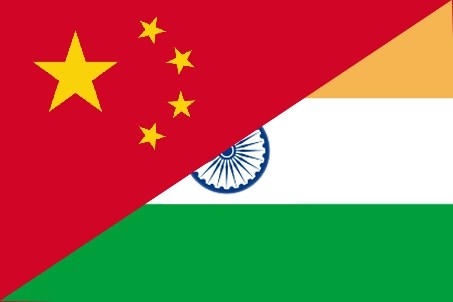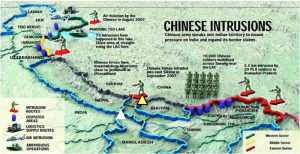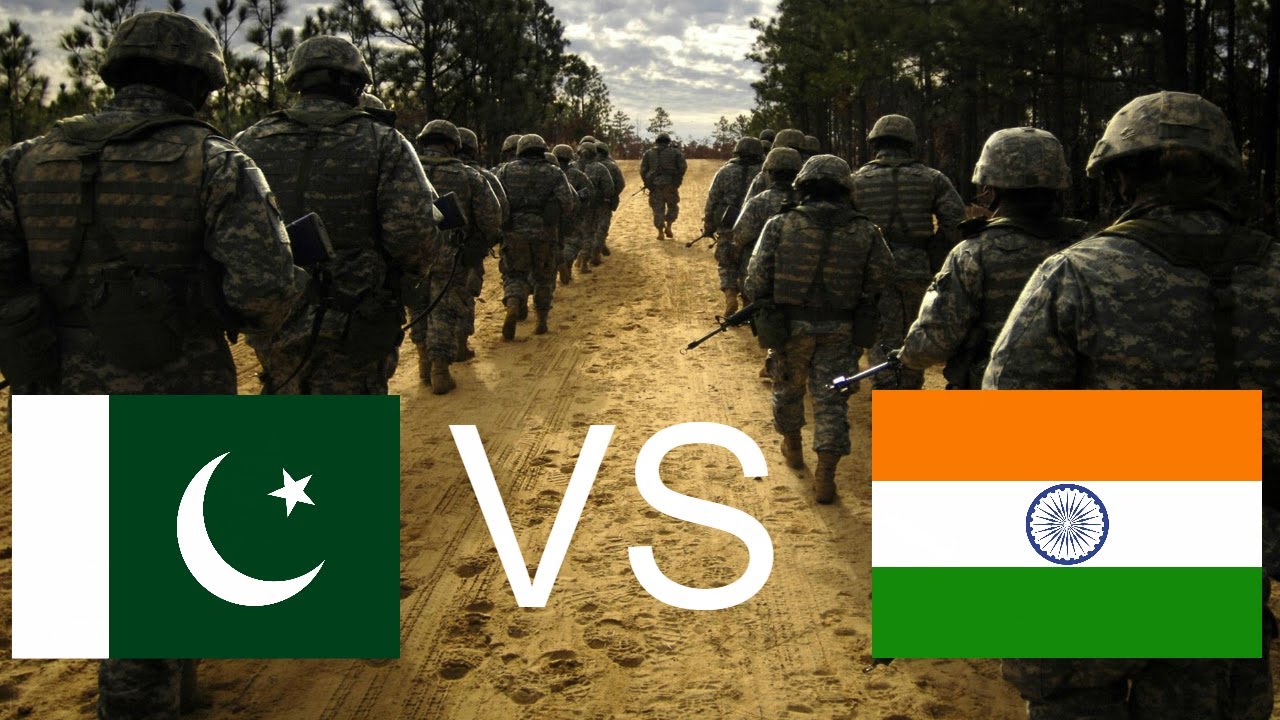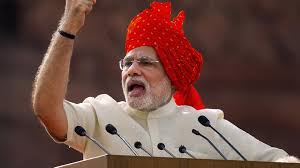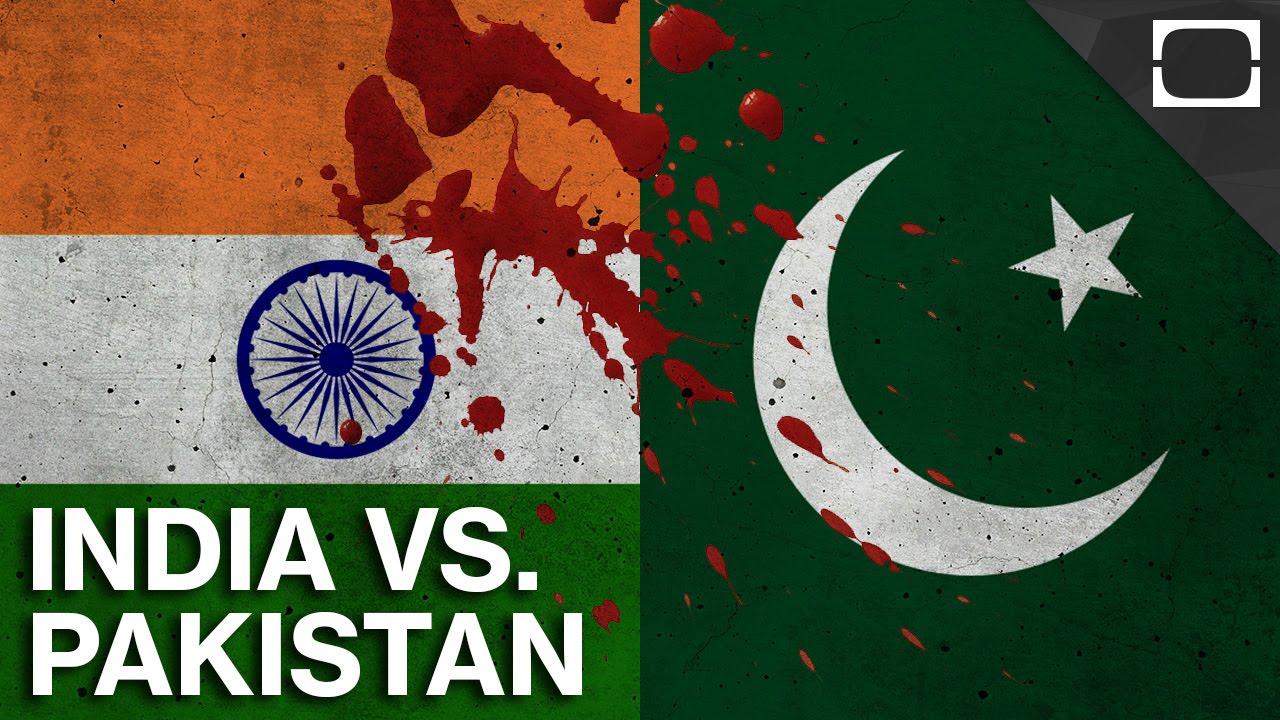Since the Indian independence, relations between India and China have always been very difficult. The problems about their common border, particularly those defined by the McMahon line, and the Tibetan question never enabled to put in place peaceful and constructive relations. The current military manoeuvers, on both sides, do not have to be considered like a classic episode of the international relation but as a real threat on the international security.

Since the end of the 40’s, even if India was one of the first to have relations with the new Communist China, these relations have been quickly envenomed due to the conflict on their border. This animosity knew two crises, one in 1962 and the other during the 80’s. The first directly led to a war and the end of the relation between both countries until 1979. During this period, both countries directly supported the dissidents from the other side, particularly the Dalai Lama and the ethnicities in North India. The second has been resolved by a cycle of diplomatic meetings and led on a detente. Both confrontations started by a border issue.
The current confrontation is a border issue too. There are two points of view about its outcome. The first is to consider the current confrontation just as a phase of their relation, a period of tensions which will decrease progressively. The second option is to consider it as a crisis which can evolve very quickly. It could trigger a real conflict in a couple hours or days. This option seems more realistic, especially with the politic leaders’ declarations and the current international context. Furthermore, the situation and the balance of power is not the same as in the 1960’s, they are no longer the medium powers and are not driven by same aims.
Today, China, with 1,38 billion of people, is becoming the most important economic power in the World; competing with the American leadership. China is advancing its pawns in all its close areas, particularly the China Sea and Tibet, to reaffirm its power and its influence. On the other side, India is the 7th economic power with 1,25 billion of people. Its economy continues to growth and the democratic reforms help to put in place a society more unified. It has strong tensions with their two main neighbours, Pakistan and China, and each event is a good occasion to reaffirm the national proud.
Most important, today, both countries have nuclear weapons. China has succeeded its first nuclear attempt in 1964. Since this date, it really improved and increased its arsenal. With ground, air, naval, tactical and long distance weapons, China owns a complete power of strike. The estimations are between 200 and 300 weapons, 260 according to the SIPRI Yearbook. Specialist consider that a part of the arsenal is hidden by China. The Indian capabilities are really late in comparison to China, but India continues to improve them. The estimation gives 100 to 120 nuclear weapons with air, ground and naval capacity. Since 2012, it has the capacity to launch a long-range missile of 5 000 kilometres.
The projection capacities are very important in the present conflict. Nepal and Bhutan have the difficult role of buffer and enable to avoid dissensions on the major party of the border. But each part of the direct border between both countries is subject to tensions, like we can see it on the map. During the last ten years, Chinese provocations were numerous. And the landscape is just mountains, making direct confrontations very difficult, which probably avoided real escalation.
During the last few years, it was the North-West border which concentrated the tensions (yellow and green line on the map).[1] This area was really sensitive for it is very close to Cachemire, where India and Pakistan continue to gauge each other. China, as a strong ally of Pakistan, continues to pressure on India to destabilize and weaken it.
But today, it is the east part which crystalizes the tensions. Strategically, the Doklam Plateau (symbolized by a yellow triangle) is very important: it is one of the lowest elevations between both countries, so the perfect place to build a road. It is a part of Bhutan’s territory, not India’s, but the agreements between both countries force India to react. And Indian leaders are afraid of a possible Chinese projection in India, notably in the Siliguri Corridor (white triangle), which could cut the access to the eastern part of the country.
On the other side, China considers the deployment of Indian soldiers as a threat, and perceived in the Indian reaction a danger for the New Silk Road. This project is the symbol of the new politics and economics powers in China. It is one of the main project of Xi Jinping who will refuse that it is delayed.
All these events are just the symptoms of a latent conflict. The real problem is the balance of power. For their own security, it is not possible for them to accept to have a neighbour very powerful. The problem is the same that it was in Europe before World War One: each country is consolidating its power and tries to put in place a beginning of a sphere of influence. But it creates animosity, which has been maintained by both sides for nationalism reasons. The provocations are still regular, like, for example, the new Chinese Passport in 2012 which included part of territory normally under Indian control. Animosity, nationalism, provocations and territorial dominations: all the components of a war are present.
The question of the spark to trigger a real conflict is certain. The nuclear capabilities, reinforced by the system of alliances, help to avoid escalation. A direct conflict could directly imply a third of the global population, so with the nuclear context, it is really necessary to definitively solve the problem. But it is impossible to solve quickly and easily a conflict in which both countries stopped using the term “border”, preferring the expression “Line of control”.
But before doing any recommendations, many aspects should be taken into consideration by the international community. The first is the current policy of China in its close areas. These dissensions with India are not the only ones: there are the problems in South China Sea, with the Seven Points Line and the artificial islands, and in Est China Sea with Japan. In these situations, China plays an aggressive game and refuses any compromises or international justice decisions. There is no reason which could let us think that it could be different in this situation.
It is the same thing for India. To give reason to China and accept its claims would send a signal of weakness to the rest of the world and particularly to Pakistan. It would show that India recognizes the dominant statute of China.
But the International Community has absolutely no means of pressure: China, as a permanent member of the Security Council could block any decisions, advices or messages from United Nations which would be in favour of India. In the same time, the United Nations can’t support only China or it will lose all its credibility.
The mediation option could succeed if it is organized by United Nations or a real great power. During the 80’s, there have been fifteen cycles or diplomatic meetings with a mediator. But the mediator was Bangladesh, and this country is not enough powerful to keep the two protagonists at the same table. This time, the mediator should be strong enough with a real determination to be able to preserve negotiation. It could be done under the aegis of the BRICS, the other countries having no interests in strong dissensions among the group.
Furthermore, the solution found with the mediator gives two advantages: the first is that it would directly come from a consensus between both countries, it would not be imposed to them. The second is the time: currently the situation can stay the same during 1 month or 1 year but it also can flare. With a mediator, both countries are here to search a pacific outcome and will try to preserve it.
The solution which should absolutely be avoided is an external intervention, even with a real coalition. This intervention could reinforce the animosity feeling between both countries, and will not solve the problem definitively. If a real conflict began, this solution could be evoked as an interposing force.
To conclude, the relations between the two most populous countries in the world never was simple. The animosity from each side never disappeared, and the idea of the external adversary has been used many times to weld the population. The territorial issues are a real problem for the preservation of the international security, and the threat became more important when each country acquired nuclear weapons.
If the risk of escalation seemed moderate during the last few years, the recent events in Buhtan have crystalized the tensions. Concerning the nuclear threat, if both countries said that they apply the “No first use” politic; in a real war, when the situation is desperate, the strategic choices can overcome the ethic choices.
Sources:
Blanchard, B., ‘China-India border spat casts shadow ahead of BRICS summit’, The Sydney Morning Herald, 3rd August 2017, http://www.smh.com.au/world/chinaindia-border-spat-casts-shadow-ahead-of-brics-summit-20170803-gxokp5.html, (accessed the 6th August 2017)
Buckley, C. and Barry, E., “China Tells India That It Won’t Back Down in Border Dispute’ The New York Times, 4th August 2017, https://www.nytimes.com/2017/08/04/world/asia/china-india-border-tensions.html, (accessed 5th August 2017)
Chellaney, B., ‘Let facts speak for themselves on India-China border’, The Sunday Guardian, 31st October 2016, http://www.lhasadaily.com/opinion/23-columnists/1071-let-facts-speak-for-themselves-on-india-china-border, (accessed 5th August 2017)
Kaiman, J., ‘Chinese passport map causes diplomatic dispute’, The Guardian, 27th Noember 2012, https://www.theguardian.com/world/2012/nov/27/chinese-passport-row-diplomatic-dispute, (accessed 7th August 2017)
Miglany, S. ‘Diplomacy fails to defuse India, China border crisis: sources’, Reuters, 9th August 2017, https://www.reuters.com/article/us-india-china-idUSKBN1AO1D4, (accessed 9th August 2017)
National Security Council, ‘Report to Congress on Status of China, India and Pakistan Nuclear and Ballistic Missile Programs, People’s Republic of China’, https://fas.org/irp/threat/930728-wmd.htm, (accessed 6th August)
[1] The maps comes from : Brahma Chellaney, ‘Let facts speak for themselves on India-China border’, The Sunday Guardian, 31st October 2016, http://www.lhasadaily.com/opinion/23-columnists/1071-let-facts-speak-for-themselves-on-india-china-border

